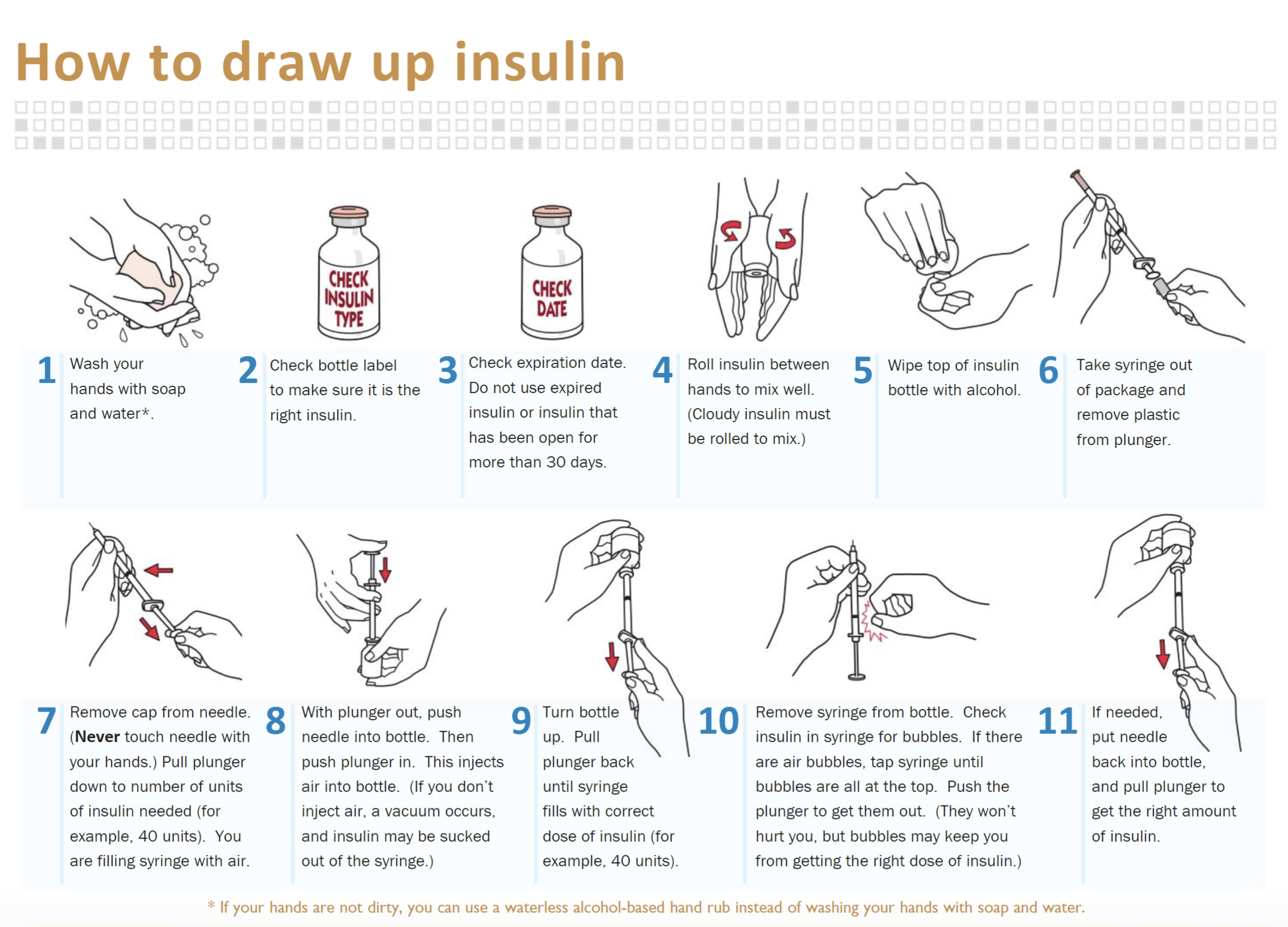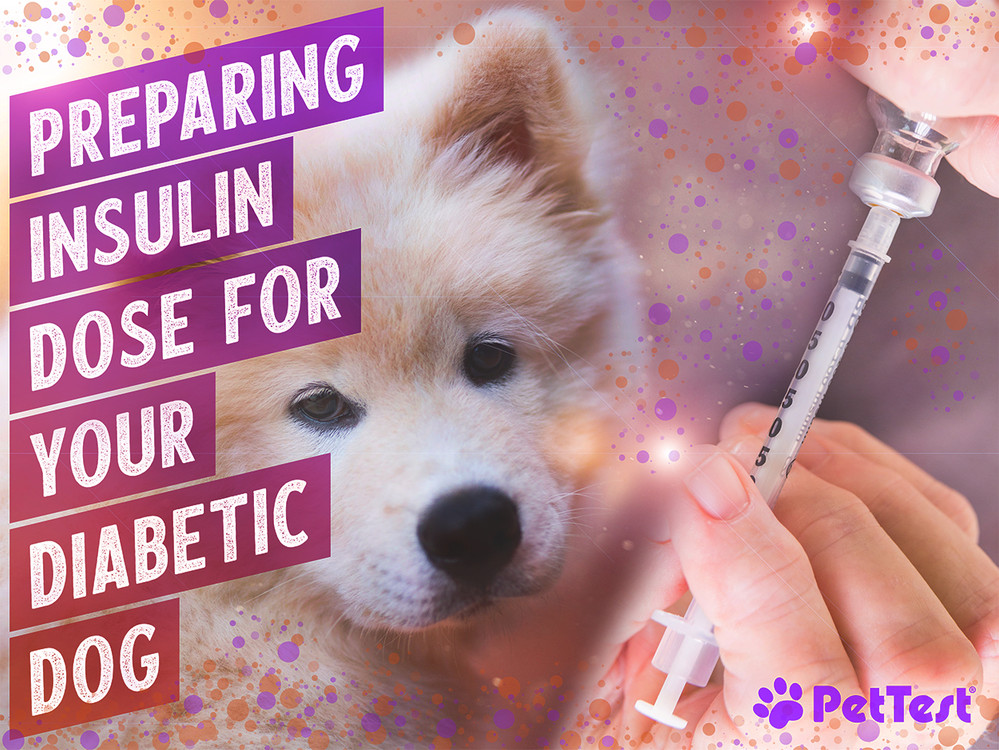Preparing Insulin Dose for your Diabetic Dog
Today we talk about the proper way to draw up an insulin dose. I know that it was likely the very first thing that we were shown after diagnosis, but some steps may have been left out. In my case, one step was left out in my education and that was injecting air into the vial. I wasn’t shown how to do that and as a result, I ended up creating a vacuum in the vial and it was a twice a day battle to get the proper dose until I summoned the courage to ask in my group why this was happening. I felt like an idiot asking that question because it seemed so foolish, but I was concerned that it was going to impact the accuracy of the dose. So, I typed out my question, took a deep breath and hit “post”. Well, to my surprise, I wasn’t the only one that was having that issue and not only did I get my answer, I got many thank yous from others that were too embarrassed to ask the same question! This is just proof that the only “dumb question” is the one that isn’t asked. If you are having an issue, no matter how basic it seems, ask for help! Likely, you are not the only one that is having the problem!
Here
is a good graphic that I found online that illustrates how to draw a dose
properly. It may be a little hard to
read the text if you are viewing on your phone, so you can look at the pictures
and I will type out the explanations.

- Wash your hands with soap.
- Check the insulin type. This is important in the event that you have recently switched insulins or if you have a vial of Regular insulin (R) for periodic use.
- Check the date on the insulin vial. Hopefully you have written the date that you started using that vial of insulin in sharpie marker somewhere on the vial. Make sure that the vial hasn’t been in use for over 30 days. Do not use expired insulin or insulin that has white clumps in it that won’t dissolve. If you see clumps in the vial, return the insulin to the place that you bought it or call the manufacturer for a replacement. I had this happen with 2 vials that I had purchased in the coldest months of winter. I called NovoNordisk and they speculated that the insulin had frozen in the delivery truck on its way to the Walmart where I purchased it.
- Roll the insulin (Novolin) between your hands to mix it well or shake the Vetsulin/Caninsulin if you use that. You may have been told to roll the Vetsulin/Caninsulin but the manufacturer has changed those instructions. Look at the insert in your box or look it up on line.
- Wipe the top of the insulin vial with alcohol. I’ll confess I didn’t do this step.
- Take a syringe out of the package and remove the plastic from the plunger.
- Remove the cap from the needle (Never touch the needle with your hands). Pull the plunger down to the number of units of insulin that you need. You are filling the syringe with air in this step.
- With the plunger out, push the needle into the bottle. Then push the plunger in. This injects air into the vial and prevents a vacuum situation inside the vial.
- Turn the bottle up. Pull the plunger back until you have passed your ideal dose so that you can check for bubbles. If there are air bubbles, tap the syringe until the bubbles are all at the top of the syringe. Push the plunger to your correct dose, this will expel the bubbles. The bubbles won’t hurt your pup, but will affect him/her from getting the proper dose of insulin.
- Return your insulin to the fridge if that is where you keep it.
- Warm the syringe by putting it under your arm or maybe in your mouth like a pencil. We do this because cold insulin stings, so we warm it to make it more comfortable for your pup.
- If there is a time lapse between drawing your dose and injection, you must remix the insulin in the syringe by rolling it between your hands just like you did to mix the vial.
Now you are ready to give a little treat, tent your pup’s skin and inject the insulin into the tent at a 45 degree downward angle. Time for another treat and lots of praise! Now you can get on with you day, enjoy it!
Notice that for most of the products or groups that I mention, the text is linked to a website that you can purchase that item or a link to join the group mentioned. Just click on the colored text (red or blue, depending what device you are on) and it should take you right to the item or group. If you have any thoughts or ideas for topics that you’d like to see covered here, please feel free to comment below or send me an email at NancyForPetTest@PharmaSupply.com. As always, please “like” this blog post or any of the others that have helped you or just refreshed your memory. Look for new posts every Monday, Wednesday and Friday!
Until next time…

